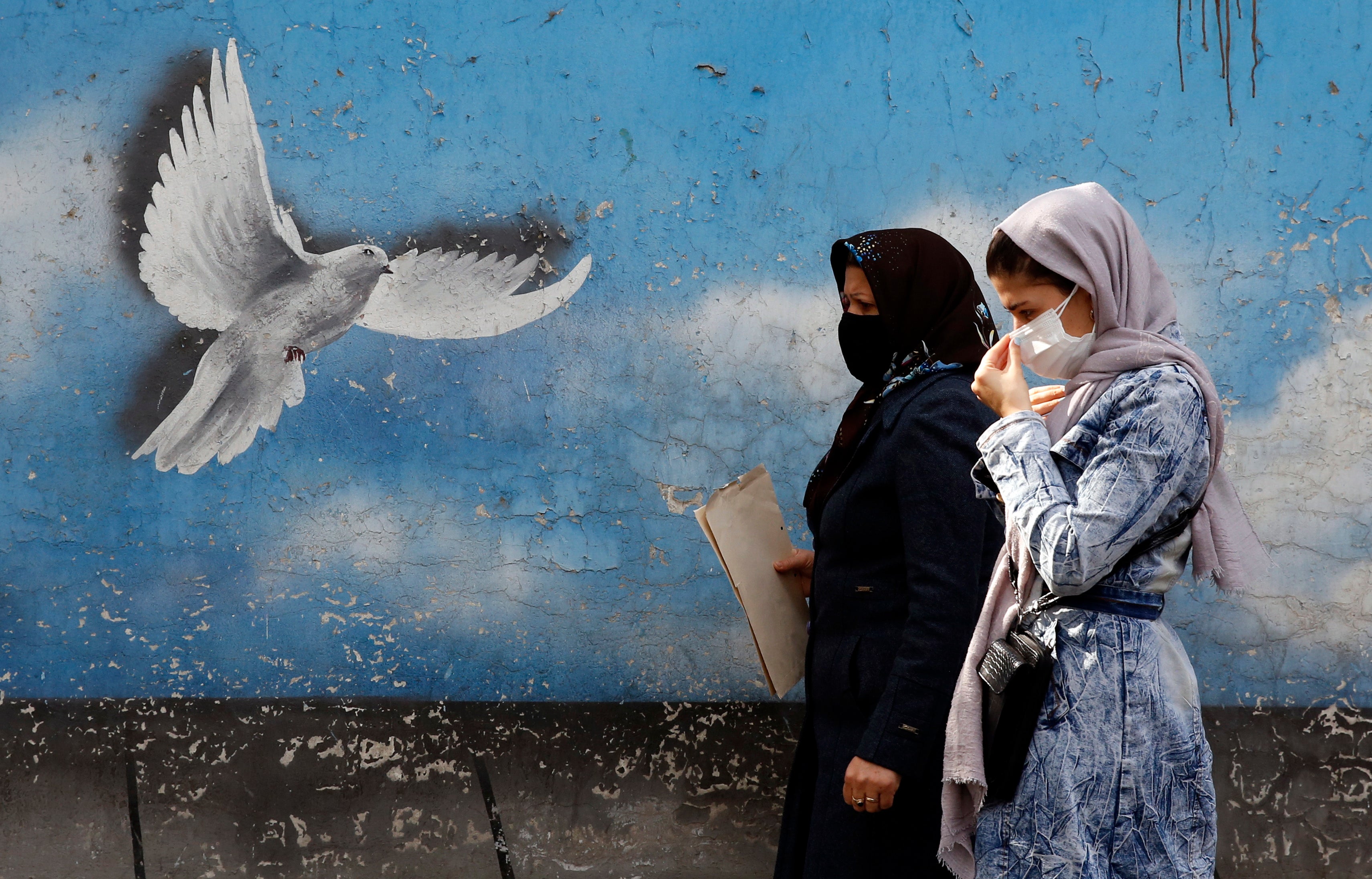Iran’s population push raises fears for women’s health and rights
New law offers incentives for newlyweds and new mothers but fresh restrictions on contraceptives, abortions and sex education could endanger women, writes Borzou Daragahi


For a decade, Iran’s supreme leader Ali Khamenei has been agitating to eliminate the country’s family planning laws and limited access to contraceptives for women – all in hopes of reversing declining birth rates.
Now, backed by hardliners dominating all branches of the national government, Mr Khamenei appears to be getting his wish.
Iran’s powerful Council of Guardians, the equivalent of the constitutional court, on 1 November approved a bill called the “Plan for supporting family and rejuvenation of the population” in the wake of lingering concerns about an ageing society and increasingly smaller families.
The impending law includes financial incentives for newlyweds, payouts for fertility treatments, maternity leave benefits for mothers with multiple children, and cash payouts for newborns.
But the bill also contains increased restrictions on abortions, access to contraceptives, sex education, and sterilisation, which rights activists say are targeting women’s reproductive rights and social status in a nation where women are already subject to severe discrimination.
The proposed law even features a ban on television advertisements showing families with fewer than three children.
“This is a way to put women back in their homes rather than in the society,” said Rothna Begum, a researcher for Human Rights Watch (HRW), the advocacy group. She warned that the law could lead to forced pregnancies, botched abortions, and ultimately, the deaths of women and babies.
Experts and close observers doubt heavy-handed schemes aimed at forcing Iranians to have more babies will work, and will likely trigger a backlash from the public. The legislation, which is likely to come into effect this month, marks a dramatic shift in Iran’s policies on family planning.
Iran has a population of 85 million, up from 37 million in 1979, when clerics and radical students overthrew the pro-American monarchy and transformed Iran into a vehemently anti-western theocracy.
The country stepped up efforts to encourage smaller families in the late 1980s, when the fertility rate rose to 6.5 children per woman, making sex education and birth control widely available in an effort to slow population growth. "Fewer children, better life,” was a public health slogan in the early 1990s.
The drive worked, and garnered praise from international observers. But demographers are now warning that Iran’s rapidly urbanising population is facing the opposite problem, with families opting for two or fewer children. The birth rate now stands at 1.6 children per woman, which is below the 2.1 fertility level necessary to sustain the country’s population.
The director general of the Health Ministry’s Department of Population, Family and School Health, Hamed Barakati, said earlier this year that the birth rate had decreased 25 per cent over the last four years.
Broad demographic trends in Iran mirror those in more economically developed western countries. The average Iranian couple waits nearly five years after getting married to have their first child. A typical woman has her first child at 28 or 29 years old, about the same as the United States.
The statistics have long worried the most conservative and hardline elements within Iran’s leadership, which now largely dominate the country. In a 2014 speech, Mr Khamenei ordered Iranian authorities to begin devising policies that would “improve the dynamism, development and youthful nature of the population by increasing the fertility rate”.

Causing further concern to Iran’s overwhelmingly ethnic Persian Shiite leadership, Iranian women living in border regions with high concentrations of ethnic and religious minorities have higher birth rates than in cities where ethnic Persians are concentrated.
For example, the fertility rate for the overwhelmingly ethnic Baluchi and religiously Sunni province southeastern Sistan and Baluchistan Province is nearly 3.5 per woman, while in the capital Tehran it is about 1.3, according to the Statistical Centre of Iran.
The push to increase population growth has become entangled in the hardliners’ ideological ambitions. Hardline Shiite clerics have warned that Saudi Arabia was scheming to increase the number of Sunnis in Iran by flooding it with Afghan and Pakistani migrants. In 2019, a commander of the Revolutionary Guard urged women in the extremist Basij paramilitary organisation to have at least five children.
Such commentary has prompted some analysts to conclude that social engineering as well as worries about population decline are driving the latest policies.
Many observers predict that the pro-natalist policies will flop. One western diplomatic source closely following developments in Iran cited an internal study that described “economic pessimism” as the main reason why Iranian families were opting to have fewer children.
We’re going to have deaths of women and babies as a result of such policies
Faced with inflation, wage stagnation, and pricier and smaller urban homes, a lot of Iranians delay or avoid getting married and having kids. Many educated middle-class citizens aspire to emigrate, hoping to escape its social and political restrictions as well as the deep economic malaise.
“We’re seeing so much pressure on Iranians – men and women, and families,” said Ms Begum. “The authorities’ approach is instead of addressing them, they’re trying to make things worse.”
In recent years, Hungary, Greece, Finland, Latvia and other nations have failed in efforts to use the power of the state to reverse declining birth rates. However, a policy in Poland to give monthly cash handouts to mothers for every child from the second onwards has shown some modest successes.
Iran’s new law proposes additional maternity leave funds for women and money for new couples, but appears mostly focused on preventing abortions, vasectomies and birth control.
Tellingly, it includes few if any provisions for paternity leave, daycare or eldercare – which also often falls to women – that have led to modest reversals of population decline in western countries.
“I think the scheme is going to be a disaster,” said Ms Begum. “We’re going to have deaths of women and babies as a result of such policies. We’re talking about forced pregnancies, women dying because of botched abortions, and being forced to have babies they don’t want.”





Join our commenting forum
Join thought-provoking conversations, follow other Independent readers and see their replies
Comments